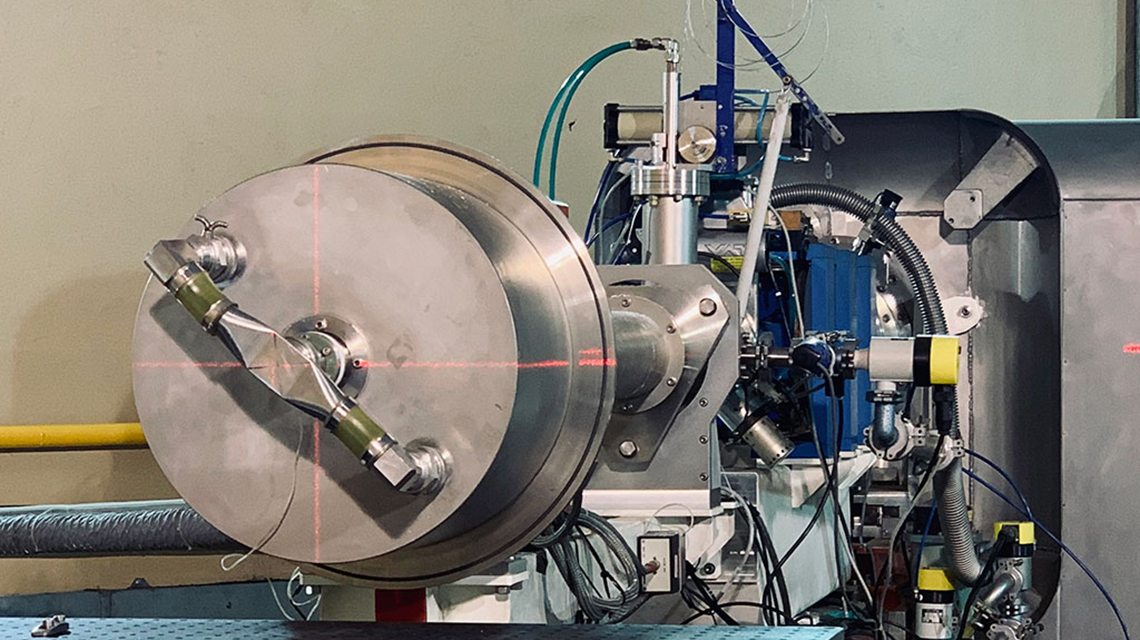Italian National Agency for New Technologies, Energy and Sustainable Economic Development

Energy: Fusion-FNG, neutron generator among the most powerful in the world, turns 30
The ENEA “Frascati Neutron Generator” (FNG) neutron generator, one of few in the world available for fusion research and other application sectors including aerospace, automotive, physics and particle detectors, turns 30.
Entirely designed and built by ENEA at its Frascati Research Centre, the FNG is the most powerful 14 MeV (millions of electron volts) neutron source in Europe capable of producing neutrons through deuterium-tritium fusion reactions, with an intensity up to 100 billion neutrons per second, among the highest in the world.
With 13 experiments on the components of ITER, the large fusion reactor which will prove the feasibility of fusion power production, and DEMO, the demonstration power plant which will supply fusion electricity to the grid, the FNG provides a fundamental contribution in the roadmap to demonstrate the scientific and technological feasibility of reproducing on Earth the process that powers the Sun and the stars and obtaining safe, unlimited and clean energy.
"30 years following its inauguration on November 2, 1992, the FNG is still the reference fusion facility in Europe to conduct experiments to validate nuclear data for fusion materials", pointed out Paola Batistoni, head of the ENEA Fusion Energy Development Division. “The FNG – she said – was designed and built in a few years under the direction of Marcello Martone, at the time head of the Applied Neutronics Laboratory of the Fusion Department. Over time, the plant has been constantly improved and equipped with cutting-edge tools. Today, thanks to the FNG, ENEA has a strong neutronics team -the only one in Europe- with unique and state-of-the-art skills, both experimental and numerical, for the analysis and development of neutron codes".
The FNG carries out experiments to further knowledge on neutron activation cross sections of the structural and functional materials used in a fusion reactor. The experiments conducted on prototype components of the ITER, including the shielding blanket and superconducting magnets, and of DEMO, including the lithium-liquid lead and solid beryllium blankets to verifyi tritium production, provide the experimental validation of the calculations for nuclear design, including calculations of neutron shielding, power deposition, nuclear heating, material activation doses, and cooling water activation. All activities are funded by the European fusion program (Horizon EUROfusion) and are conducted, in most cases, as part of European or international collaborations leaded by ENEA.
Due to its unique characteristics, the FNG is also used for the development and characterization of new particle detectors for applications in all fields of science. In recent years the FNG has also been used by numerous European private companies and research institutes to perform radiation resistance tests on electronic components and systems for aerospace, automotive and energy applications, as part of the RADNEXT project, included in the ASI Supported Irradiation Facilities program of the Italian Space Agency (ASI). The "radiation hardness assurance", i.e. the evaluation of the radiation resistance of systems, is an increasingly felt need by the industry, given the growing number of devices exposed to radiation of greater intensity and for longer periods of time.
